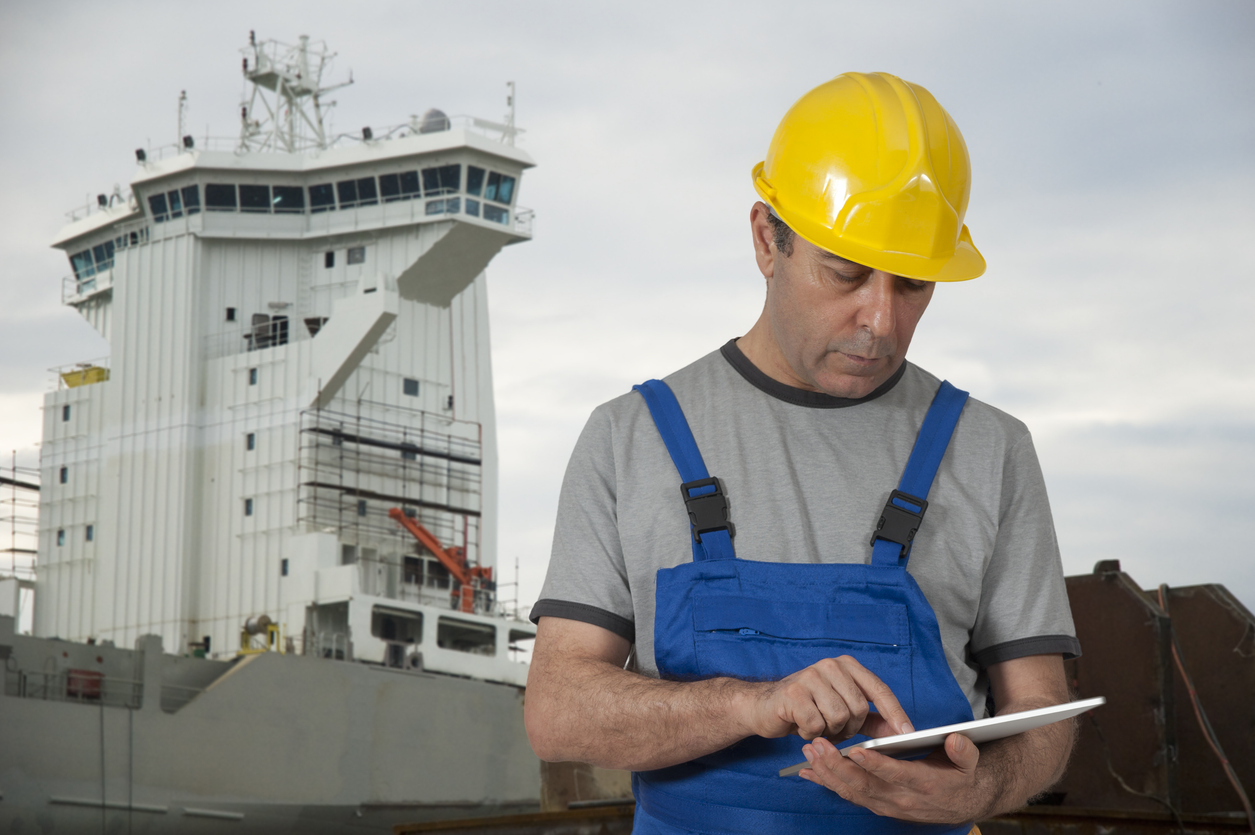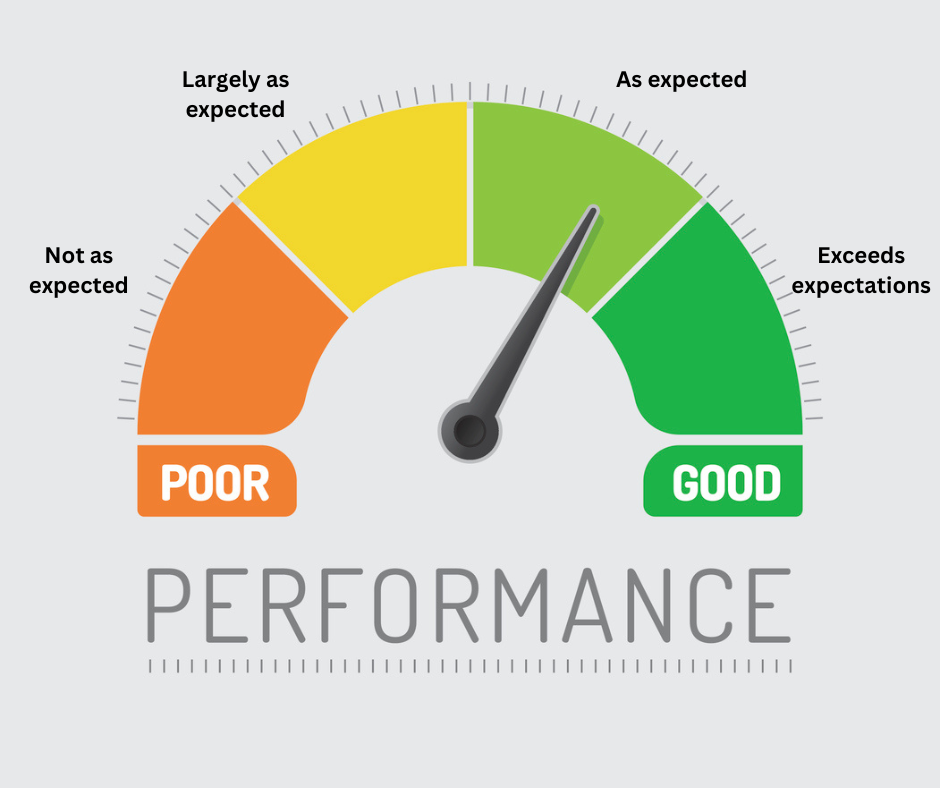Introduction
The priorities in the maritime transportation industry have always remained the same. It is to ensure the safety of the persons onboard, the cargo, and the environment. With this intention, the original Ship Inspection report programme (SIRE) was introduced by the Oil Companies International Marine Forum (OCIMF) in 1993 to safeguard oil, chemical, LNG and LPG tankers from incidents.
However the industry has evolved since SIRE’s inception. Sire 2.0 is now being introduced to manage some of the changes in the industry. In this article, we shall explore the Sire 2.0 inspection programme to understand how it benefits the industry and how we can prepare for it.
What is the Sire 2.0 inspection programme?
The Sire 2.0 inspection programme is the original SIRE programme’s new version that assesses tanker vessels’ suitability to carry their cargo. It has a renewed focus on the three factors that ensure successful ship operations – Hardware, procedures, and human competence.
There are several differences between the two. Let us list the most important ones:
-
The SIRE 2.0 inspection has been digitalized to improve accuracy, transparency, and fairness. The inspector will use a web-based tablet to carry out real-time inspection and reporting.
-
The vessels upload vessel-specific information with photographs when requesting a SIRE 2.0 inspection. The inspector reviews the information before the inspection and corroborates the uploaded pictures with the actual status when onboard.
-
The questions in SIRE 2.0 are more comprehensive and offer deeper insights into vessel operations with graded responses instead of binary. The inspector guidance text also has been overhauled completely.
-
Increased focus on human factors to identify knowledge and procedural gaps.
-
Questions will be tailored to each vessel. There will be no ‘Not Applicable’ questions during the inspection.
-
Improved data quality for more reliable indicators of the current and likely future performance of a vessel.

Sire 2.0 Question Library
The Sire 2.0 question library refers to the complete set of questions in the programme. Many of the questions in SIRE 2.0 retain the essence of the initial SIRE programme’s questions but have been enhanced to give more detailed information than before.
For example, the question no. 2.10 in the SIRE question library is as follows:
2.10 Are the Engine Room (Part I) and Cargo (Part II) Oil Record Books (ORBs) correctly completed, free of any pollution incidents, violations and are slop/waste oil disposal certificates provided?
The question covers about half a page with the inspector guidance consisting of 18 lines.
The same question in the SIRE 2.0 question library has been split into two questions – 6.1.2 and 6.1.3, one for each oil record book (Part 1 and Part 2) and the question along with the inspector guidance covers about 9.5 pages.
The guidance section now has several subsections such as Objective, Industry guidance, Inspection guidance, Suggested inspector actions, Expected evidence, and Potential grounds for a negative observation. These additions help the inspector and the inspectee by setting clear guidelines on how an item is expected to be examined and how we can prevent an observation.
The number of chapters in both the Sire 2.0 inspection and the Sire inspection remain the same at 12 chapters. But some questions have been shifted to more relevant chapters.
The Inspection Process
There have also been some changes in the SIRE inspection process. In this section, let us discuss the various stages of the SIRE 2.0 inspection process.
Inspection request and validation
Tanker vessels carry out SIRE inspections biannually. When the time for a SIRE inspection draws near, the vessel owner/operator requests an inspection through the OCIMF portal. The OCIMF authenticates the request and nominates an inspector for the vessel.
Pre inspection preparation
The preparation for the inspection begins as soon as an inspector is nominated. The following information is provided to the inspector before the inspection.
-
Vessel particulars
-
Certificates
-
Pre inspection questionnaire
-
Past inspection results/observations
-
PSC data
-
Incident data
-
Relevant photographs/drawings/plans
The vessel owner/operator does not need to provide all of this information before every inspection. Most of it is pre populated from previously provided data.
Risk-based vessel inspection questionnaire (CVIQ)
SIRE 2.0 inspections are special in that there are no irrelevant questions. Based on the input data, an algorithm prepares the vessel inspection questionnaire from the question library based on a range of criteria. This questionnaire is known as the Compiled vessel inspection questionnaire (CVIQ) and is used by the inspector to execute the inspection.
There are four main types of questions in the question library: core questions, rotational questions, campaign questions and conditional questions.
-
Core questions are safety-critical questions that are part of every SIRE 2.0 inspection. These questions cover risks that may lead to a catastrophic or severe incident. Approximately half of the CVIQ questions will be core questions.
-
Rotational questions, as the name suggests, are rotated to ensure that all of them are covered over a certain period. There are two types of rotational questions. Rotational 1 questions will be appear every third or fourth inspection. Rotational 2 are assigned to a vessel every sixth inspection.
-
Campaign questions are like targeted inspections carried out by PSCs. If the number of incidents/accidents concerning a certain equipment/operation increase, a rotational question may be converted into a core question for a fixed period to ensure that they are reviewed by the inspector on every vessel.
-
Any of the above questions may also be assigned as a conditional question to specific vessels based on the vessel’s type, operator and incident history.
Performance Influencing Factors (PIFs) in Sire 2.0
The new SIRE 2.0 will also focus heavily on the human element. Most questions will have a crew competency subsection as the men who interact with machinery and procedures play an instrumental role in ensuring successful operations.
The inspector will observe the human element to evaluate the knowledge and competency of the ship crew. Upon completion of interaction, the SIRE inspector will provide one of the following ratings to the crew members: Not as expected, As expected, Largely as expected and Exceeds expectation. Any Not as expected rating must also be supported by a PIF.

PIF stands for Performance influencing factor. They are human factors that may enhance or diminish performance. The Sire 2.0 inspector will identify the applicable PIFs from nine standard PIFs to ascertain the reason for substandard performance in operations.
The SIRE 2.0 inspector will not mention any names or specific ranks. The comments would instead refer to rank groupings such as senior deck officer (Master, C/O), junior deck officer (2/O, 3/O), senior engineer officer (C/E, 2/E, ETO), junior engineer officer (3/E, 4/E, ETO) and ratings. The intention is not to have a blame culture but to identify the underlying reasons for inadequate crew performance.
PIFs list
The nine PIFs are as follows:
-
Recognition of safety criticality of the task or associated steps
-
Custom and practice surrounding use of procedures
-
Procedures accessible, helpful, understood and accurate for task
-
Team dynamics, communications and coordination with others
-
Stress, workload, fatigue, time constraints
-
Morale, motivation, nervousness
-
Workplace ergonomics including signage, tools, layout, space, noise, light, heat, etc.
-
Human-Machine Interface (Controls, Alarms, etc.)
-
Opportunity to learn and practice
The above PIFs have a positive or negative impact on a task’s performance. When the PIFs are healthy, the task is more likely to succeed. A negative PIF, such as high workload or fatigue in crew members, can lead to a performance degradation. The inspectors will not just verify procedures (Work as imagined) but also how the actions are performed (Work as done) to assess which PIFs are healthy and which ones could be improved.
Summary
The new SIRE 2.0 regime will enhance the safety levels at which a vessel and its crew operate by focusing on all relevant factors that affect safe operations.
This short article is meant to serve as an introduction to SIRE 2.0. We will delve deeper into the above-mentioned and other aspects of SIRE 2.0 in subsequent articles.

Leave a Reply